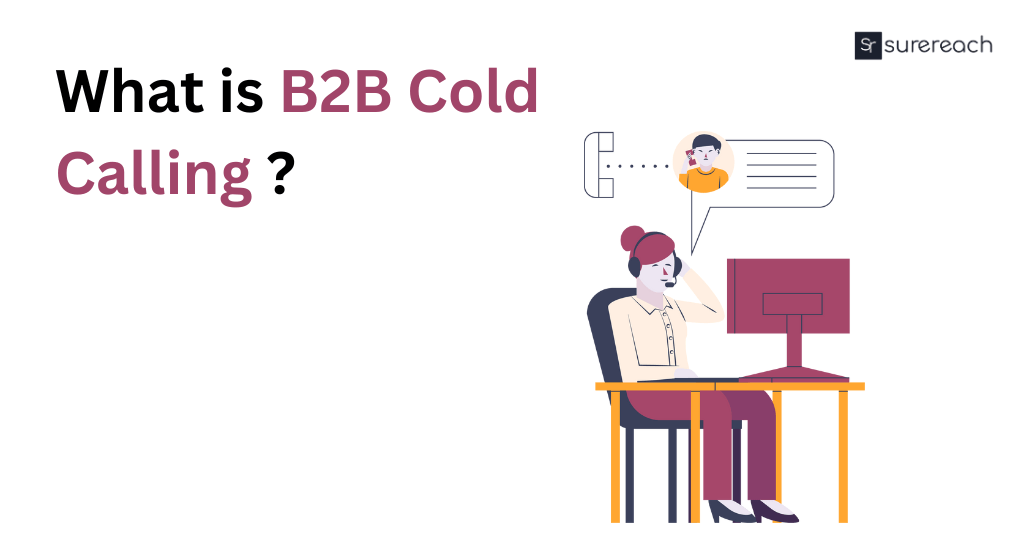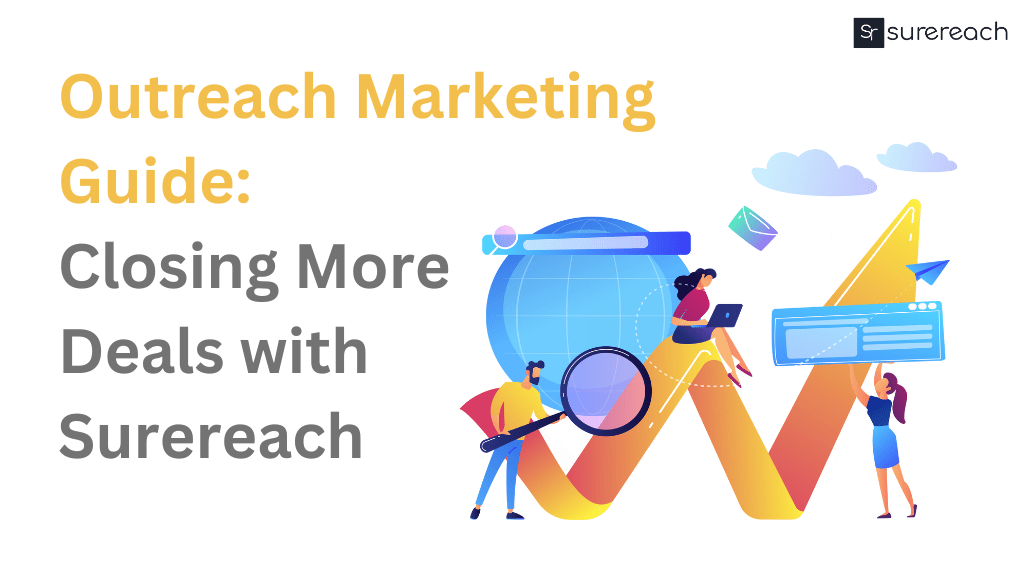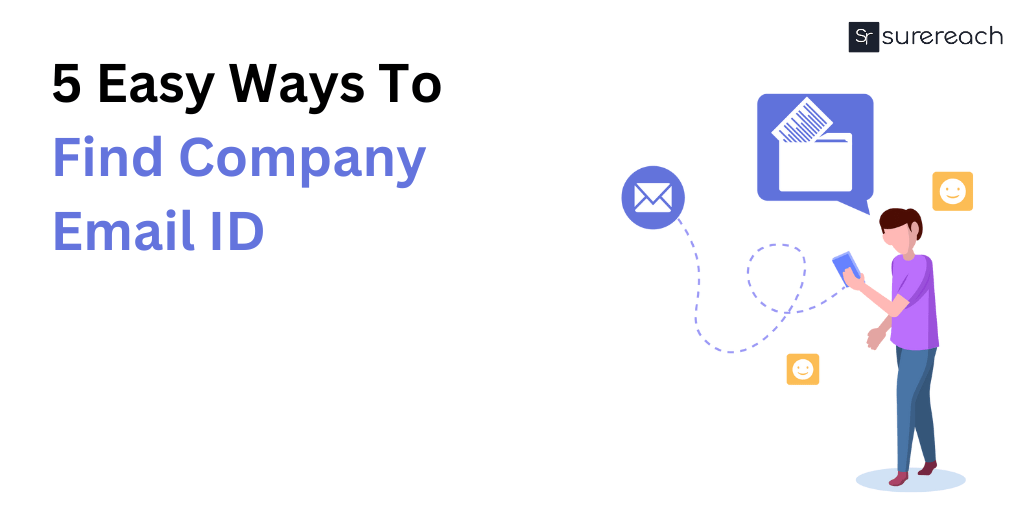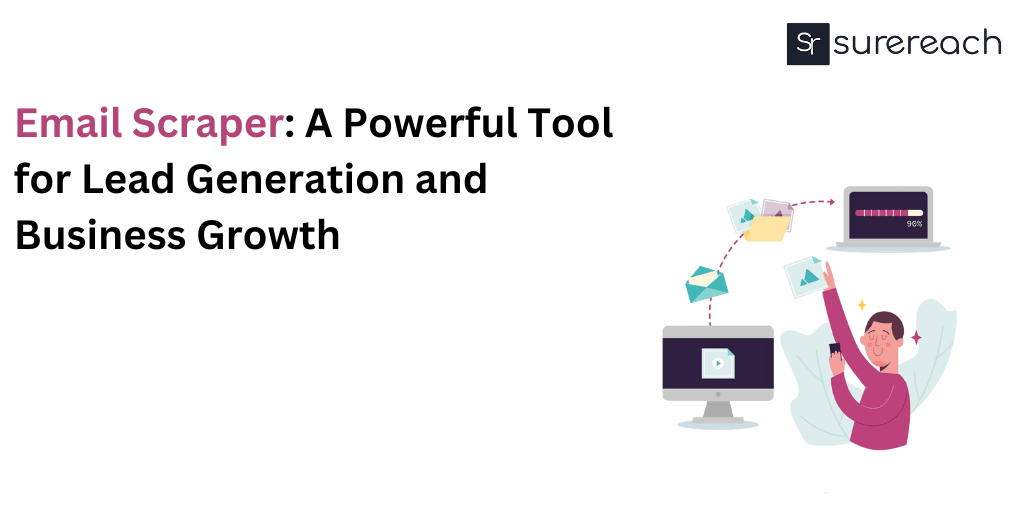What is cold calling in sales?
Making contact with a potential client or customer that you have never dealt with previously is known as cold calling. Although cold calling is typically associated with phone calls, it can also refer to in-person interactions.
Although cold calling might be difficult, there are benefits. One benefit is that, in contrast to contacting someone by email or social media, it allows you to establish a human relationship. Additionally, you receive prompt feedback and may utilize the call to schedule a follow-up appointment or phone call rather than waiting for an email response, which is prone to being overlooked.
B2B cold calling
Face-to-face sales isn’t as crucial for B2B (business to business) enterprises in 2021 as it once was. B2B cold calling had a comeback when COVID-19 began, when digital channels surpassed traditional sales interactions in importance.
Most likely, the image of cold calling con artists tricking you into purchasing unnecessary items comes to mind. That is really considerably less successful B2C cold calling. This is because, rather than attempting to address your issue, B2C cold calling seeks to elicit an emotional response in order to close deals.
The logic behind B2B cold calling is that you are already familiar with their company and sector. Before you even pick up the phone, you’re crafting a customized pitch, and when they do, you’re prepared to hear about their issues. After giving a succinct explanation of your excellent idea, you might ask if you can arrange a time to talk more in-depth.
According to the LinkedIn State of Sales Report, COVID-19 has had such an instant effect on the state of sales that 57% of sales professionals are making more phone calls. Moreover, 39% of them want to increase their cold outreach efforts overall.
Sign up and get 20 credits for free!
We have 3 million+ contacts stored to connect you with prospects all over India
Cold Calling in Sales
- A quicker answer is possible.
You could exchange questions with a prospect who responds to a cold email for days or even weeks. You can fill a prospect in on all the details in a few minutes when they return your call. You might also advocate for a later meeting time on the call.
- You’re skilled at making sales pitches
Phone calls are done individually, as opposed to sending out an email template to every member of your email list. This implies that after the initial call, you may see where your pitch needs to be adjusted. After making many calls to discover what works and what doesn’t, you will finally have a polished pitch.
- You are able to establish a human bond
It’s difficult to picture the individual receiving an email. However, human connection is much simpler when you can hear their voice. Your prospect is less likely to say no once you’ve had them on the line for a few minutes.
- You can take care of additional requirements.
You may find that the service or product you are promoting does not fit the demands of your prospects if you engage in a genuine conversation with them. However, you may also find that there’s another method you may support them.
- You can gain better insight into your potential
You may discover more about the problems that your potential clients are facing by having a phone conversation in which you get to know them more personally. This might help you see more clearly how you can improve or add to your current offerings.
Cold Calling Tips
However, no cold outreach strategy is flawless. Your cold calling techniques are no different from any other sales approach in that they are not perfect.
- Before you answer the phone, thoroughly understand your prospect
Before making a cold call, the most crucial thing you can do is research your prospect. Gaining knowledge about them can help you come up with subjects for conversation and questions to ask.
Finding out how you can satisfy their demands with your good or service is your ultimate objective.
Check out the websites and social media profiles of your prospective clients or customers, particularly LinkedIn. For more on their leadership, mission statement, and company history, see their “About Us” page. Choose the precise individual you will be calling who has decision-making authority.
Look for news stories and press announcements, and read client testimonials. Visit their physical location if it is suitable, if they have one.
Find out what your client’s pain points are when you conduct research on them. Determine their priorities and get a sense of their company and future demands. Keep a record of your shared hobbies.
A prospect would appreciate that you are aware of their needs rather than making a generic contact using a stale cold calling script if you conduct thorough research and personalize and provide value to your cold call.
- Recognize How You Can Help A Possible Client
You may learn more about ways to improve your prospect’s life by conducting research. You’ll gain more understanding from your initial call.
Every consumer has a primary benefit that will pique their interest in buying from you and lead them to buy your goods or service.
In addition, there is a major apprehension or misgiving that will prevent the buyer from making a purchase. Finding out exactly what advantage would lead a client to buy from you and precisely what fear or uncertainty could prevent this consumer from buying from you is your first task when making a cold call to a potential customer. This is the key to qualifying them.
Make your cold call focused on your prospect rather than yourself. Making a sale or persuading someone to buy is not the aim of your first communication with them. The goal is to establish a sincere rapport that will encourage more communication with you. Focusing on their needs and how you can help them can help you establish a relationship with your prospect.
- Communicate With Your Prospect in well advance
Before conducting cold calls, think about engaging with potential clients or consumers on social media. You may follow them on Twitter, follow them on Facebook, subscribe to their YouTube channel, and connect with them on LinkedIn. For links to this and other social media sites where they are active, see their website.
Additionally, you are able to respond to their postings and leave comments. Your prospective customer will interact with you on several occasions as a result, and when you make a cold call, they could recall your name and profile photo. Ensure that all of your interactions are sincere.
Don’t just “like” a post to get attention, for example. React to and share posts that you believe are interesting, helpful, or relevant. Genuineness and trust between parties are the foundation of the strongest business partnerships.
Before you call a prospect, you may learn more about their priorities and pain areas by interacting with them on social media. It also gives you conversation starters that you may utilize to establish a more personal connection with your target.
- Never Try To Close a Deal During Your First Cold Call
Never try to close a deal on your first call. Concentrate on obtaining information. You want to interview the prospect by posing questions, unless you are selling something low-cost and easy to sell. Make notes and assure them you will contact them again.
Prioritize developing the connection and projecting a warm, approachable, and non-threatening image.
Prior to the call, decide what you want it to achieve. Usually, that entails scheduling a meeting or having a longer conversation. Make effective progress towards that objective and don’t squander your prospect’s time.
- Make the Most Of Rejection
Being in sales requires you to be able to take rejection. Since rejection is a part of the job, even the finest sales representatives encounter it. Cold calling follows the same rules.
It’s normal to get rejected; don’t take it personally. Rather, examine the possible reasons behind the prospect’s rejection and leverage this information to enhance your research methods, approach, pitch, and product.
Be self-aware and use rejection to your advantage. You will make more and more effective cold calls if you keep trying, are patient, and adhere to these suggestions.
Ready to optimize your cold calling approach and increase critical KPIs for your target customers? Get your free demo right now!








Sanidhya Arora
More posts by Sanidhya Arora